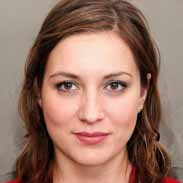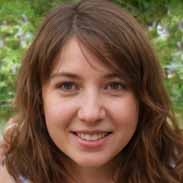Two Step Flow Flashcards, test questions and answers
Discover flashcards, test exam answers, and assignments to help you learn more about Two Step Flow and other subjects. Don’t miss the chance to use them for more effective college education. Use our database of questions and answers on Two Step Flow and get quick solutions for your test.
What is Two Step Flow?
The Two Step Flow Theory is a communication theory that was first proposed by Paul Lazarsfeld and Elihu Katz in 1948. This theory suggests that people do not simply absorb media messages directly, but instead they are influenced by opinion leaders who interpret the messages for them. The idea behind this theory is that there are two steps involved in how people process media messages: first, information flows from the source to opinion leaders; then, opinion leaders influence how the message is interpreted by their followers. Opinion leaders may be celebrities or other influential figures within society. They act as intermediaries between mass media and its audience, interpreting the meaning of an advertisement or news article for those who follow them. Opinion leaders typically have higher levels of education and possess greater knowledge about social issues than their followers do, which allows them to better comprehend complex topics presented in news stories or advertisements. As such, these individuals can provide guidance on what actions to take upon receiving a message from the media. For example, if a celebrity endorses a particular product through an advertisement or sponsorship deal, many of his/her fans may choose to purchase it due to their trust in the individual’s endorsement. The Two Step Flow Theory has been used extensively by marketing professionals since its introduction because it provides insight into how consumers process information received through different sources (e.g., television commercials). This understanding can help marketers create more effective advertising campaigns aimed at influencing consumer behavior and decision-making processes.











